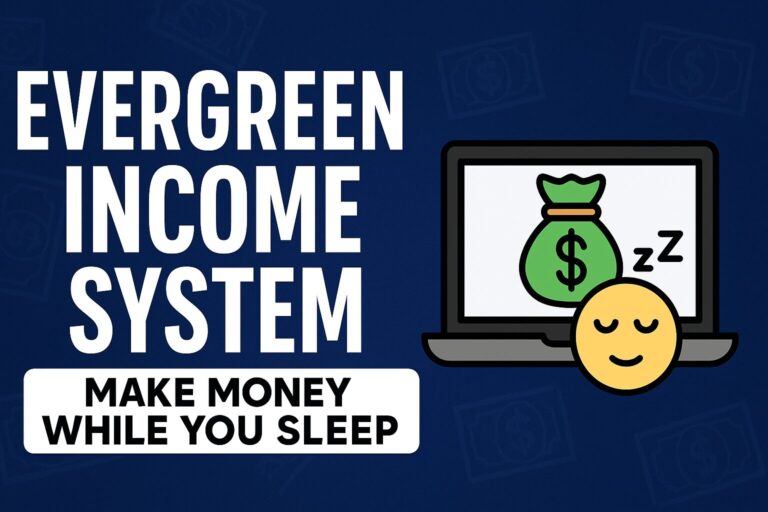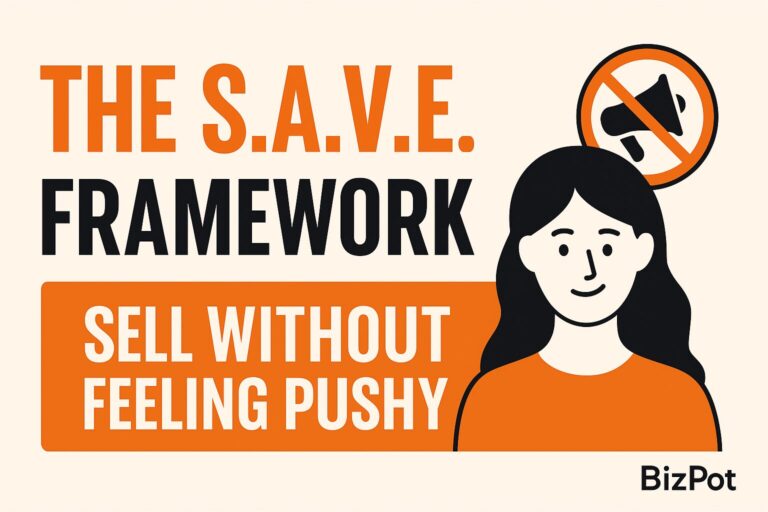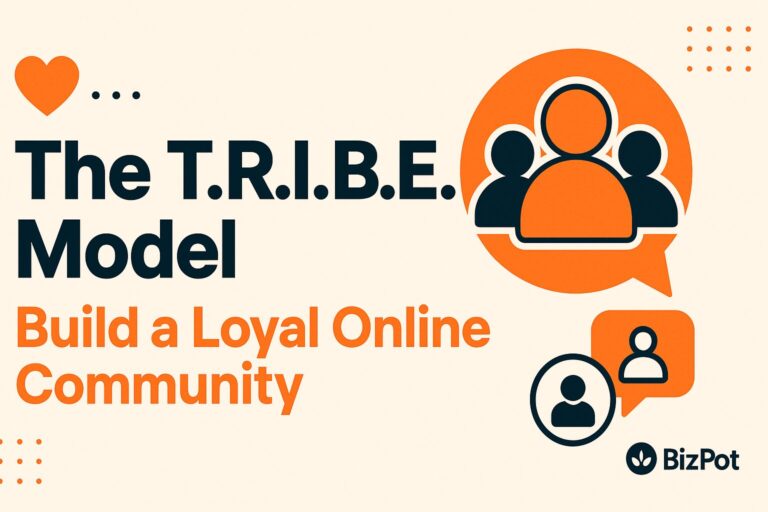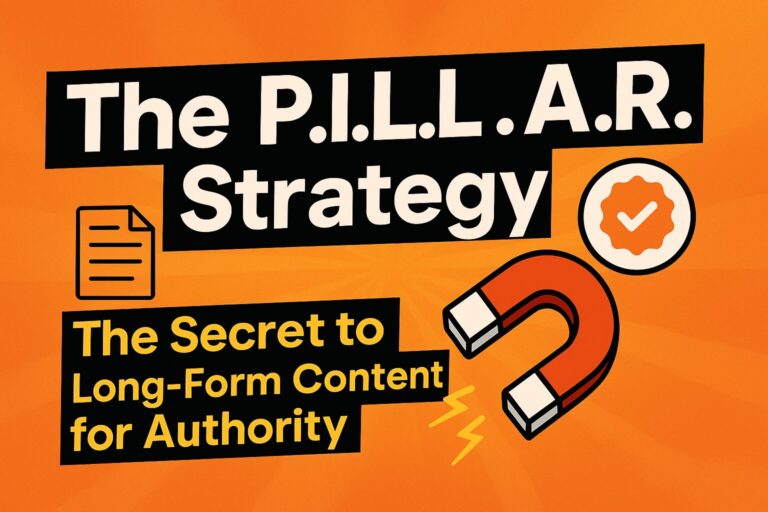Blue Ocean Strategy Workbook
How to Create a Profitable Business with No Competition
Introduction
The Blue Ocean Strategy, developed by W. Chan Kim & Renée Mauborgne, helps businesses break away from intense competition by creating new market space instead of fighting over existing demand.
This workbook will guide you through the step-by-step process of applying this framework to your business idea, with real-world examples and interactive exercises to fill in.
Step 1: Identify Your Industry’s ‘Red Ocean’
Before you create a Blue Ocean, you need to understand your current competitive landscape.
Exercise: Fill in the blanks
- List 5 competitors in your industry:
- Identify the main factors they compete on (e.g., price, features, service, speed):
- What are 3 major pain points customers experience in this industry?
Example: Airline Industry
Most airlines compete on price, flight availability, and comfort levels. The pain points include delays, hidden fees, and poor customer service.
Step 2: Apply the Four Actions Framework
The Four Actions Framework helps you create a new market by rethinking industry norms.
Exercise: Fill in the blanks
- Eliminate: What factors that your industry takes for granted can you remove?
- Reduce: Which factors can be reduced below industry standards?
- Raise: Which factors should be raised above industry standards?
- Create: What new factors can you introduce that customers never knew they wanted?
Example: Cirque du Soleil
- Eliminate: Expensive animal acts and traditional circus performances.
- Reduce: Reliance on star performers.
- Raise: The artistic storytelling and stage production.
- Create: A unique blend of theater and circus.
Step 3: Create a Strategy Canvas
A Strategy Canvas visually maps how competitors compete and how you can differentiate.
Exercise: Fill in the blanks
- List 3-5 competitive factors in your industry:
- How do your competitors perform in these areas?
- How will your business differ?
Example: Southwest Airlines
- Competed on low price, high efficiency, and customer service while eliminating meals and multiple seating classes.
Step 4: Find Your ‘Blue Ocean’ Customers
Instead of targeting the same audience as competitors, identify non-customers who can benefit from your new market.
Exercise: Fill in the blanks
- Soon-to-be non-customers (people looking for better options):
- Refusing non-customers (people rejecting the industry altogether):
- Unexplored non-customers (people unaware of the industry’s value):
Example: Nintendo Wii
Instead of competing with hardcore gamers, Nintendo attracted families, casual players, and elderly users who were not traditional gaming customers.
Step 5: Test and Validate Your Blue Ocean Idea
Before launching, ensure your idea is practical and appealing.
Exercise: Fill in the blanks
- What assumptions do you need to validate?
- What small test can you run?
- How will you measure success?
Example: Uber
Uber tested its service with a small user base in San Francisco, refined its app based on feedback, and then expanded globally.
Final Action Plan
Now that you’ve designed your Blue Ocean Strategy, outline your next steps:
- Summarize your unique value proposition:
- Develop a marketing and launch plan:
- Set milestones for execution:
Example: Tesla
Tesla created a new market for electric cars by targeting luxury consumers first, refining their technology, and then scaling to more affordable models.
Conclusion
By following these steps, you can break free from competition and build an innovative, profitable business. Think differently, create new value, and dominate your market!
💡 What’s your Blue Ocean idea? Write it down and start applying the framework today!






